After a rare 4.9 magnitude earthquake rattled the southern island of Jeju on Tuesday, social media is abuzz with what some say could have been Mother Nature’s warnings of the incoming quake.
Photos of purported “earthquake clouds,” allegedly taken hours and minutes before the quake struck at 5:19 p.m. Tuesday, have gone viral, prompting the weather agency to clarify them as just regular “cirrocumulus” clouds.
Photos of purported “earthquake clouds,” allegedly taken hours and minutes before the quake struck at 5:19 p.m. Tuesday, have gone viral, prompting the weather agency to clarify them as just regular “cirrocumulus” clouds.
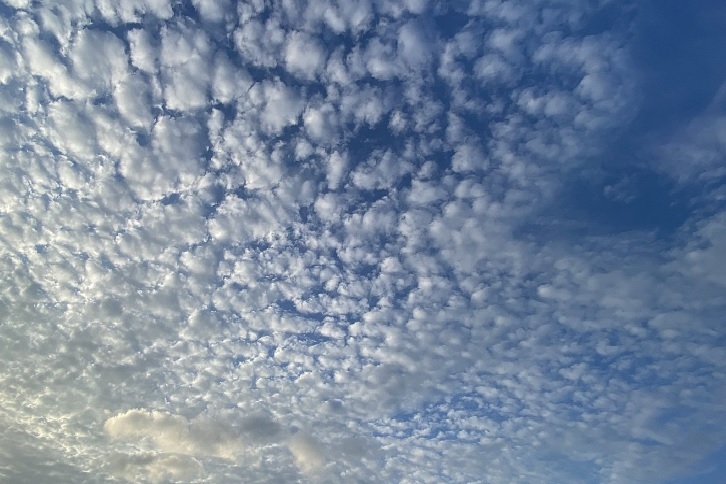
“Such clouds are spotted everywhere. There is no link between the clouds and the seismic activity in Jeju,” said a Korea Meteorological Administration spokesperson.
Another claim of a sign emerging ahead of the quake came from a wholesale fish market in Busan, where fish caught off the sea of Jeju are traded for consumption in the mainland.
According to Busan Cooperative Fish Market, a striking number of red seabream from Jeju --- about 25,000 -- were put up for auction on the eve of the quake.
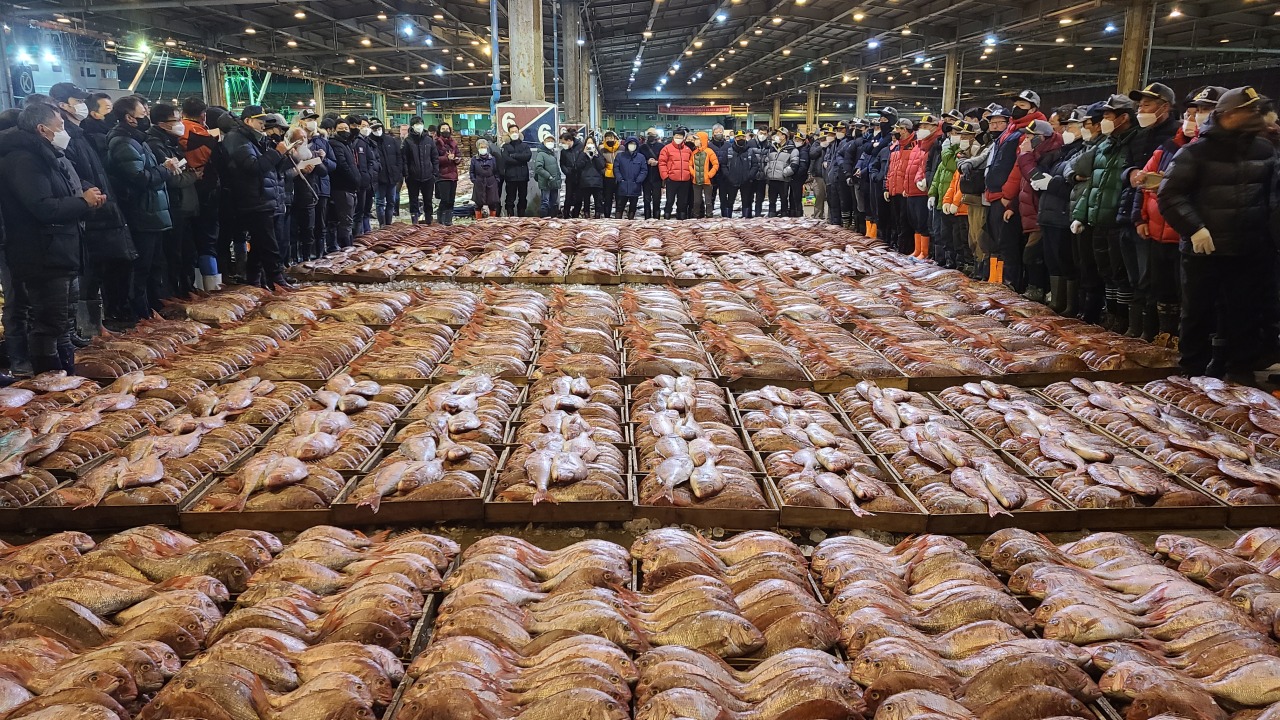
An official at the market said the month’s daily average trade of Jeju red seabream was about 1,000.
To this, experts responded that it’s more likely that the fishermen just had a lucky day.
“Cham-dom (red seabream) is caught all year round in waters off Jeju. Considering the massive volume of the fish being caught a year, it’s not a big deal,” Go Jun-chul, a researcher at the National Institute of Fisheries Science’s branch in Jeju, was quoted by local media.
South Korea, which has rarely experienced seismic activities of a major scale before, is growing wary of the possibility of it not being quake-safe anymore.
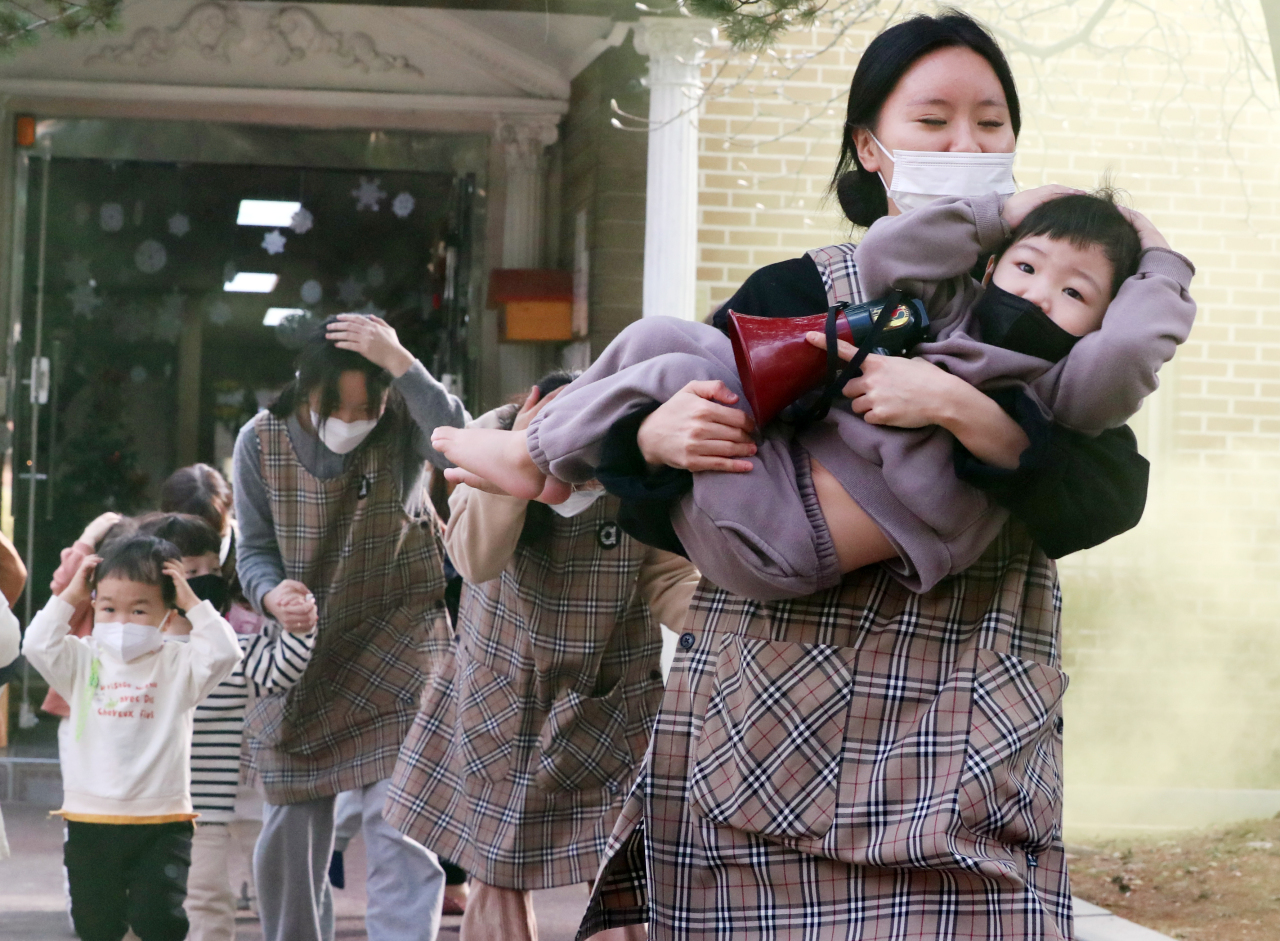
In 2017, a 5.4-magnitude quake in Pohang, North Gyeongsang Province, became the second-strongest on record, sent shivers across the whole country and even resulted in a then-unprecedented postponement of Suneung, the national college entrance exam.
While Tuesday’s quake didn’t see any major damage reported, the state weather agency said there were a total of 16 aftershocks until 7 a.m. Thursday, with the biggest registering a magnitude of 2.8.
Experts point out that since there is no active fault known to exist near Jeju and the latest event calls for urgent research to understand what’s going on beneath the island.
(khnews@heraldcorp.com)
-
Articles by Korea Herald









![[Kim Seong-kon] Democracy and the future of South Korea](http://res.heraldm.com/phpwas/restmb_idxmake.php?idx=644&simg=/content/image/2024/04/16/20240416050802_0.jpg&u=)




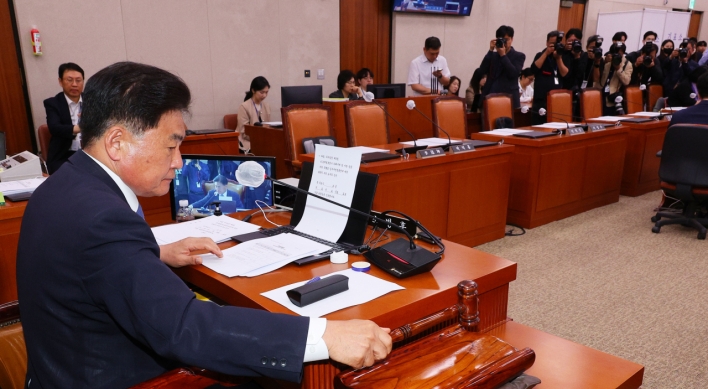

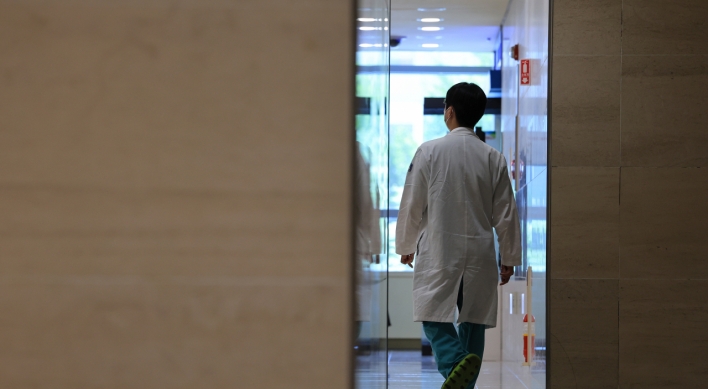


![[Today’s K-pop] Zico drops snippet of collaboration with Jennie](http://res.heraldm.com/phpwas/restmb_idxmake.php?idx=642&simg=/content/image/2024/04/18/20240418050702_0.jpg&u=)